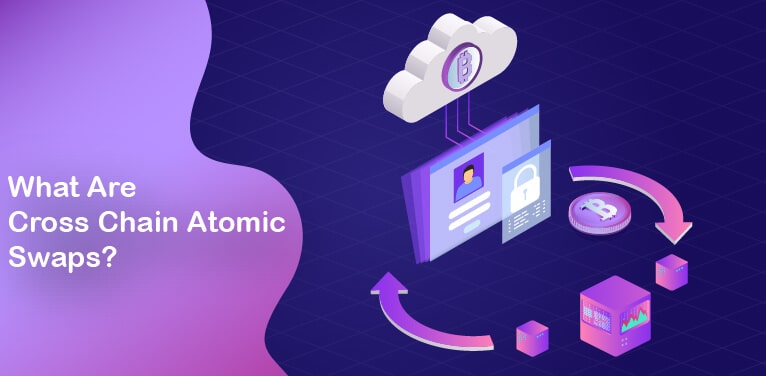Every day, new cryptos are birthed and many of them come with intriguing innovations. An ecosystem that used to be dominated by Bitcoin is now besieged with groundbreaking altcoins. With the coming of these cryptos and different blockchains, there is a need for cross-chain transactions. This is where atomic swaps come into the equation.
Why Cross-Chain Atomic Swaps Are Needed
Crypto users want to enjoy the incredible features that different chains offer, but without cross chain atomic swaps, it is not seamless. The incorporation of this feature will allow users to seamlessly swap their tokens for others.
Cross-Chain Atomic Swaps: What Are They?
Sometimes, cross-chain atomic swaps are called Atomic cross-chain trading. They are designed to permit users to exchange their cryptos without having to depend on a middleman. Traditionally, cryptos are exchanged via a centralized exchange, where users have to store their cryptos in the exchange before the transaction can occur.
Most centralized exchanges expect their users to follow their KYC and AML policies if they want to be admitted into the exchange. Using crypto exchanges also come with some risks, as the user has to depend on the middleman.
In the past, cases of exchanges been attacked have been heard, and in those cases, the users lose their crypto holdings. Issues like the aforementioned wouldn’t have existed if there was a simpler way of exchanging cryptos without using a middleman. Cross-chain swaps make it easy for users to transact in a decentralized manner across blockchains.
How Is One Sure That The Transaction Will Take Place With Cross-Chain Atomic Swaps?
Trust is an issue, and most users feel that using a centralized exchange will ensure that the exchange goes smoothly. It is common to see some people refusing to transfer the crypto after they have received the other crypto or fiat from the second participant of the exchange. Centralized exchanges tend to act as an escrow for both participants, holding the cryptos to ensure that the transaction goes smoothly. How will atomic swap protocols ensure that fraudulent elements do not pilfer from others?
Cross-chain atomic swaps work with Hashed Time-Locked Contracts (HTLCs). They are a type of smart contracts where the recipient of the payment has to acknowledge that they have received the funds before the stipulated deadline reaches. It is usually carried out via cryptographic proof of payment.
Once the recipient refuses to acknowledge, they could lose the chance of receiving it.
HTLCs can do more than the above, as they can be a trigger that initiates a transaction when some stipulated events are met.
What Is The Future Of Cross Chain Atomic Swaps?
As more people adopt cryptos, there will be an increased need for a system to carry out cross-chain transactions. Many cryptos will see the need to incorporate atomic swap protocol functionality or end up being overshadowed by their counterparts. Decentralized trading is necessary and possible with cross-chain atomic swaps.
